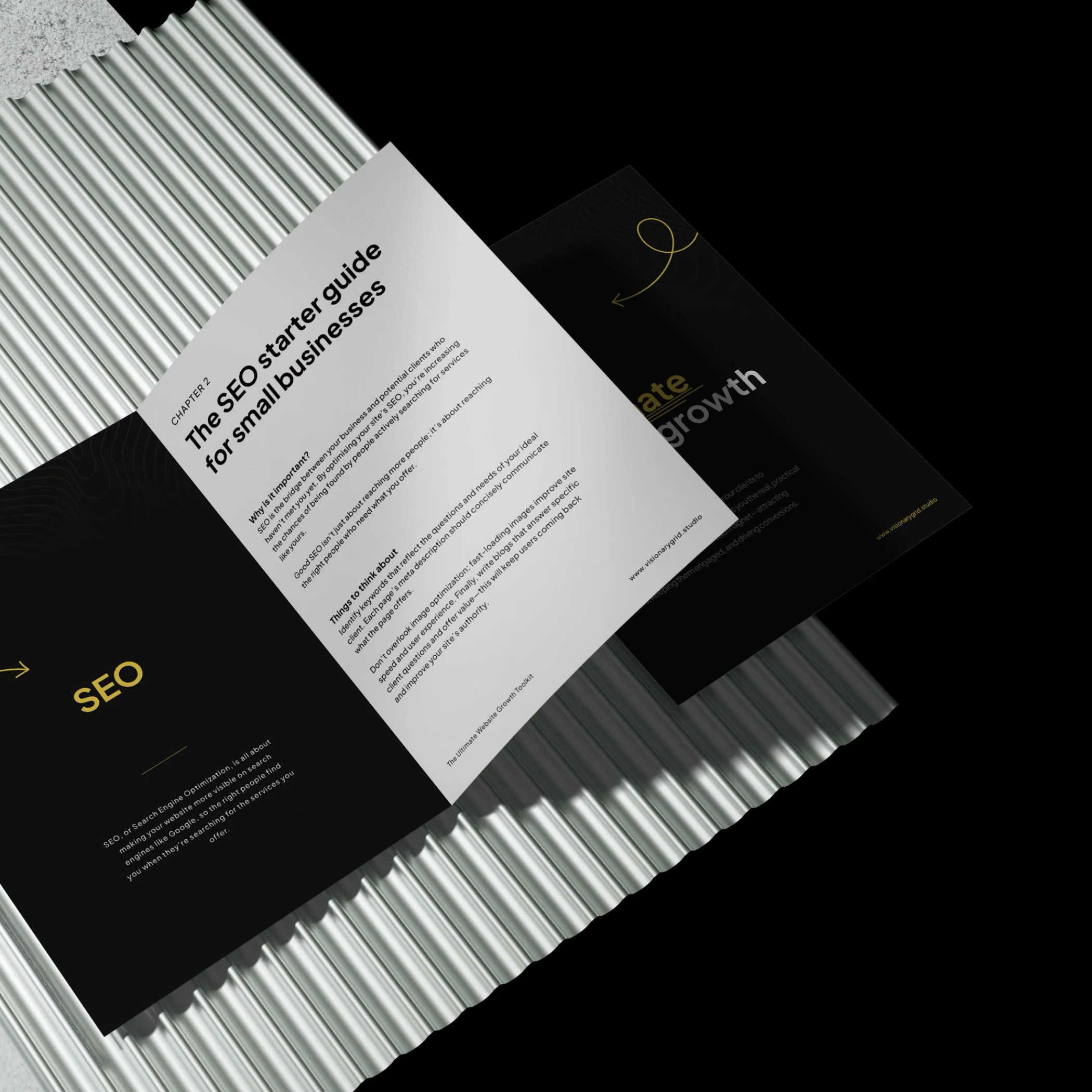Mastering Responsive Web Design: A Comprehensive Guide
February 2, 2024
"Quick! Jump online and visit a website!"
In every likelihood, each person who does that would do so on a different browser or different device. They'll have unique screen sizes with unique settings applied. How on earth do we make sure the websites we're designing adapt to that and work? Surely that's an impossible task, right?
Welcome to the world of responsive design. This design process ensures that your website looks great and functions flawlessly across all devices, from desktops to smartphones. Here are a few things I like to consider when designing and building my websites.
Understanding Responsive Design
Responsive design is a web development approach that creates dynamic changes to the appearance of a website, depending on the screen size and orientation of the device being used to view it. The core aim of responsive design is to build web pages that detect the visitor’s screen size and orientation and change the layout accordingly. Think of your website as a series of Lego blocks, we'll 'rebuild' the website to adapt to different screen sizes. Magic.

1. Start with a Fluid Grid
The foundation of responsive design is a fluid grid system. Fluid grids use relative units like percentages, rather than absolute units like pixels, to define the size of elements on a page. This flexibility ensures that your design stretches or shrinks to fit the screen it's displayed on.
2. Embrace Flexible Images
Just as your grid needs to be fluid, so do your images. Using CSS, you can ensure images on your site are never larger than their containing elements, making them scale up or down depending on the device. The code below is a simple yet effective rule to make images responsive.
img { max-width: 100%; height: auto; }

3. Use Media Queries
Media queries are a powerful tool, allowing you to apply CSS styles based on device characteristics, such as width, height, and colour. By using media queries, you can create different layouts for different devices, improving the user experience significantly.
4. Prioritise Content
In responsive design, content is your most important ally. It's essential to prioritise and organise your content based on importance. Think about what your users need to see first and make that readily accessible, ensuring a better experience on smaller screens. As a good rule to follow, the more important the content the higher up the page it goes.

5. Optimise Text for Readability
Ensure that your text scales well across devices. Use relative font sizes (like ems or rems), so text size can adjust based on screen size. Also, consider line length and spacing to enhance readability on various devices. Make the most of CSS sizing units, and apply a ch (character) unit to the text to prevent it from becoming too long to read!
6. Test, Test, and Test Again
Responsive web design requires thorough testing to ensure compatibility across different devices. Use emulators and real devices to test your designs, checking for layout issues, load times, and interaction bugs. Tools like BrowserStack can simulate a wide range of devices, but nothing beats testing on actual hardware.
Responsive web design is no longer optional; it's a necessity in creating inclusive, accessible, and engaging online experiences. By following these tips and embracing the fluid nature of the web, you can craft websites that not only look beautiful on any device but also offer a seamless user experience.
Ready to take your business to the next level?
If you're looking for a new website this year, get in touch. Together we'll elevate your business and ensure your website meets today's digital demands.

Grab our PDF toolkit to transform your website into a client magnet
Are visitors coming to your site but leaving too soon? This toolkit has everything you need to make your website a client-generating powerhouse, from boosting visibility on Google to creating an experience that keeps visitors engaged and ready to take action.
Inside, you’ll get insights on:
- Improving SEO so clients find you first
- Designing a smooth user experience to reduce drop-offs
- Crafting clear, engaging messages that build trust
Get 5 conversion fixes you can ship this week
Free Loom. Fix List (5). Pitch-ready hero section. Delivered in 48 hours. No call.
Send me my 5 fixes (FREE, 48h)